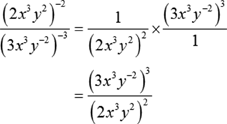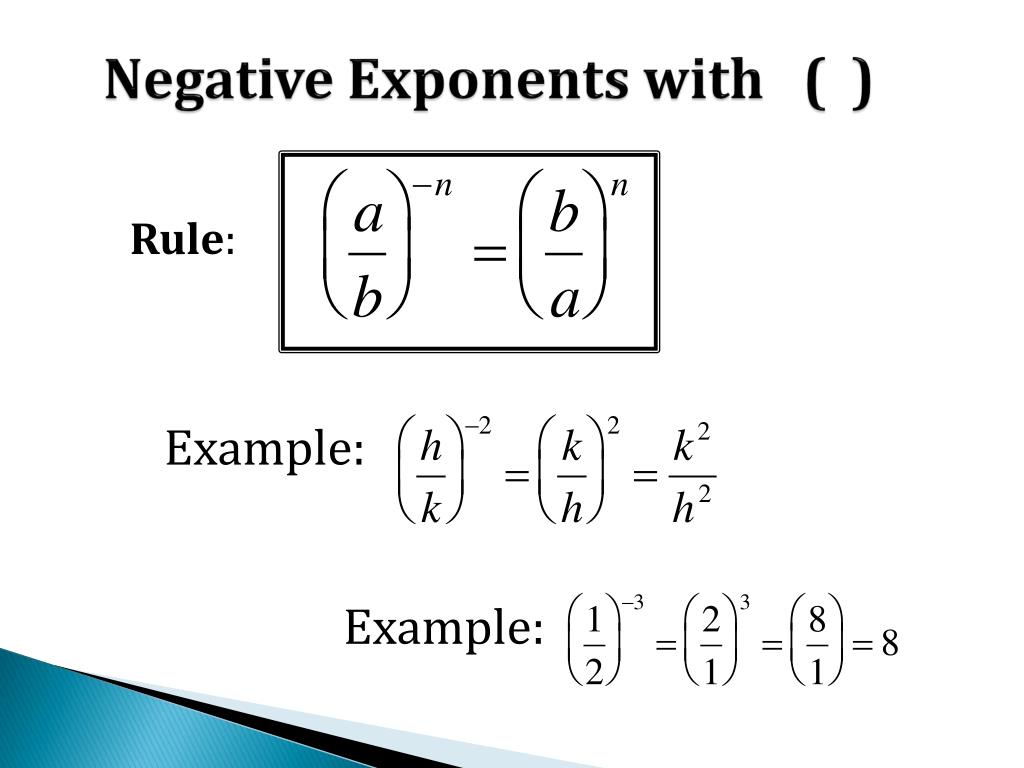


The logarithm with base $b$ is defined so thatįor any given number $c$ and any base $b$.įor example, since we can calculate that $10^3=1000$, we know that $\log_ to conclude that Just like we can change the base $b$ for the exponential function, we can also change the base $b$ for the logarithmic function. To get all answers for the above problems, we just need to give the logarithm the exponentiation result $c$ and it will give the right exponent $k$ of $2$. If ab > 0 a b > 0, then dividing both sides above by ab a b gets 1 b > 1 a 1 b > 1 a as per the rule. That is, it only holds if a, b a, b are of the same sign. In other words, the logarithm gives the exponent as the output if you give it the exponentiation result as the input. Taking the reciprocal of each side (which is the same thing as raising to the negative first power) only flips the inequality if a × b a × b is positive. Log base 2 is defined so thatįor any given number $c$. In 82 the '2' says to use 8 twice in a multiplication, so 82 8 × 8 64. We define one type of logarithm (called “log base 2” and denoted $\log_2$) to be the solution to the problems I just asked. The exponent of a number says how many times to use the number in a multiplication. But, what if I changed my mind, and told you that the result of the exponentiation was $c=4$, so you need to solve $2^k=4$? Or, I could have said the result was $c=16$ (solve $2^k=16$) or $c=1$ (solve $2^k=1$).Ī logarithm is a function that does all this work for you. To calculate the exponent $k$, you need to solveįrom the above calculation, we already know that $k=3$. if the negative exponent a-n is to be solved we first take the reciprocal of the base (1/a) and then solve it for its n th power.

Instead, I told that the base was $b=2$ and the final result of the exponentiation was $c=8$. Rule 1: We can simplify the negative exponent by first taking the reciprocal of the base and then solving for the positive power of the base, i.e. Let's say I didn't tell you what the exponent $k$ was. We can use the rules of exponentiation to calculate that the result is The result is some number, we'll call it $c$, defined by $2^3=c$. ( 3 ) -2 1 32 Notes Zero - Exponent Rule. If we take the base $b=2$ and raise it to the power of $k=3$, we have the expression $2^3$. Negative Exponents A negative exponent is the reciprocal of that number with a positive exponent. In other words, if we take a logarithm of a number, we undo an exponentiation. To simplify a power of a power, you multiply the exponents, keeping the base the same.A logarithm is the opposite of a power. This leads to another rule for exponents-the Power Rule for Exponents. Note G: A negative exponent can be moved to the numerator/denominator to become a positive exponent 14. In the fractional exponent, the general form is a¼ a Where a is the base and 1/4 is the exponent. Negative Exponents Rule: Example: Note F: If you have a negative exponent, make it positive by taking the reciprocal of the base. For example 10\cdot10\cdot10 can be written more succinctly as 10^ When a base is raised to a negative power, find the reciprocal of the base keep the exponent with the original base and drop the negative. In order for the power to be a positive number, the exponent has to be an even number, because of the rules when it comes to multiplying. (<0), you essentially calculate the reciprocal value. When a product has an exponent, each factor is. In the following text you will learn more about exponents, negative exponents, basic properties and other interesting things. To divide terms with the same base, subtract the exponents. To multiply terms with the same base, add the exponents. Any number raised to the power of one equals itself. Here are some rules: Any number raised to the zero power (except 0) equals 1. We use exponential notation to write repeated multiplication. In algebra, youll often be working with exponents.

Repeated Image Anatomy of exponential terms


 0 kommentar(er)
0 kommentar(er)
